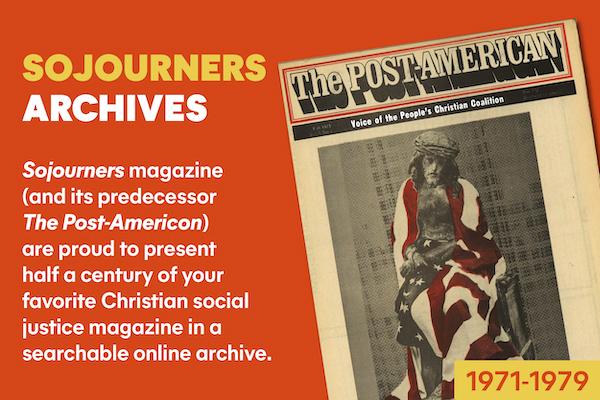For my own part, a process of cleansing began a little over ten years ago when I ceased being chiefly a rector and became one of a fellowship of pastoral leaders at Church of the Redeemer in Houston, Texas.
In 1965 Betty and I had been married 14 years, and I had been ordained for eight. We had a happy and busy home life filled with parochial tasks that involved both of us and, at times, our four children. My pastoral record as an Episcopalian priest was adequate, not outstanding, though perhaps a cut or two above average because of my earlier experience with psychiatric social services in the fields of family counseling and adolescent behavior therapy. Betty, besides being a godly mother and wife, was a musician and teacher. From a traditional view of pastoral leadership, our gifts combined to make us an ideal cleric-and-wife team.
Then my world began to change. Renewal developments of a communal nature, begun in my Houston parish, forced me out of a middle class, elitist, rather sophisticated intellectual isolation into a thorough-going involvement with the fast-changing and generally depressed American society at my heels.
It had always been dogging me, but rarely had I thought it a concern for pastoral attention, because it was not the society of my own personal or professional world. I was just an ordinary Episcopalian pastor.
I now understand that as an Episcopalian, not only was I ministering directly to only a rarefied segment of American society, but also that, with the obvious exception of certain traumatic moments--death, threatened divorce, and so on--I was scarcely involved in the lives of God’s people at all. My human involvement with those for whom I had pastoral concern was really quite shallow. The words of Jesus about good shepherding in John 10:14 had escaped me.
Read the Full Article

